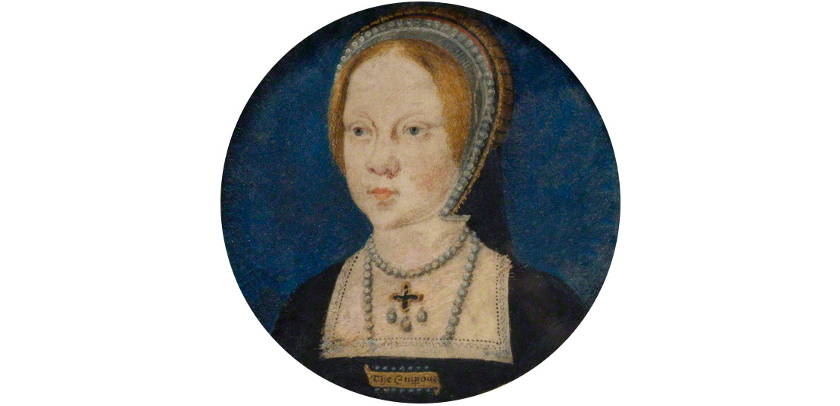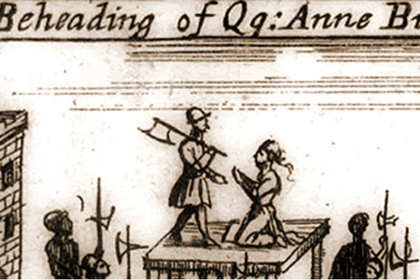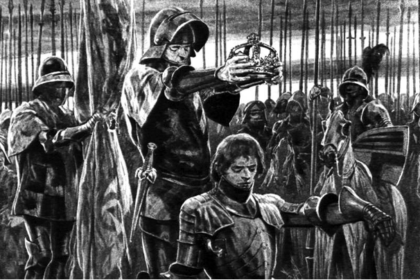I have written previously about the plot to help Mary flee England in 1535 and 1536.
Following Katherine of Aragon’s death, there was an increased sense of urgency, perhaps in the belief that Mary was in greater danger and seen as ‘unprotected.’
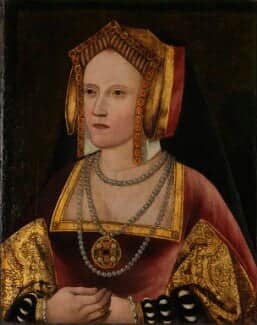
One of the reasons that the plan didn’t go ahead was that Mary was inconveniently located but expected to be moved to a manor closer to the coast around Easter time. Of course, by the time Easter came around, there were increasingly loud whispers about a breakdown in the royal marriage; far better for Mary to stay where she was and see how things played out.
Another reason for the pause in the escape plans was Henry’s renewed generosity towards Mary. On the 10th February, Chapuys wrote to Charles V about Mary’s improved conditions:
‘The Princess is well. She changed her lodging on Saturday last, and was better accompanied on her removal and provided with what was necessary to her than she had been before. She had an opportunity of distributing alms on the way, because her father had placed about 100,000 crowns at her disposal. It is rumoured that the King, as Cromwell sent to inform me immediately after the Queen’s death, means to increase her train and exalt her position.’
This sudden change threw Chapuys and Mary off-balance. Why was Henry suddenly being so generous? As is so often the case, we can only speculate on the reasons for Henry’s decision to improve Mary’s state. Chapuys had his own theory about the sudden change:
‘I hope it may be so, and that no scorpion lurks under the honey. I think the King only waited to summon the said Princess to swear to the statutes in expectation that the concubine would have had a male child, of which they both felt assured. I know not what he will do now. I have suggested to the Princess to consider if it be not expedient, when she is pressed to take the oath, if she be reduced to extremity, to offer that if the King her father have a son she will condescend to his will, and that she might at once begin throwing out some such hint to her gouvernante. I will inform you of her reply.’
Although Chapuys was probably correct that there were ulterior motives, he doesn’t go into the reasons why this tactic was now being implemented. The drastic sequence of events in January 1536 certainly played a role. Katherine’s death left Mary vulnerable, not only for her physical safety, but also emotionally. Now that her mother could no longer whisper in her ear, now that Henry was all she had left, perhaps a display of fatherly affection, such as it was, could coax Mary into submission.
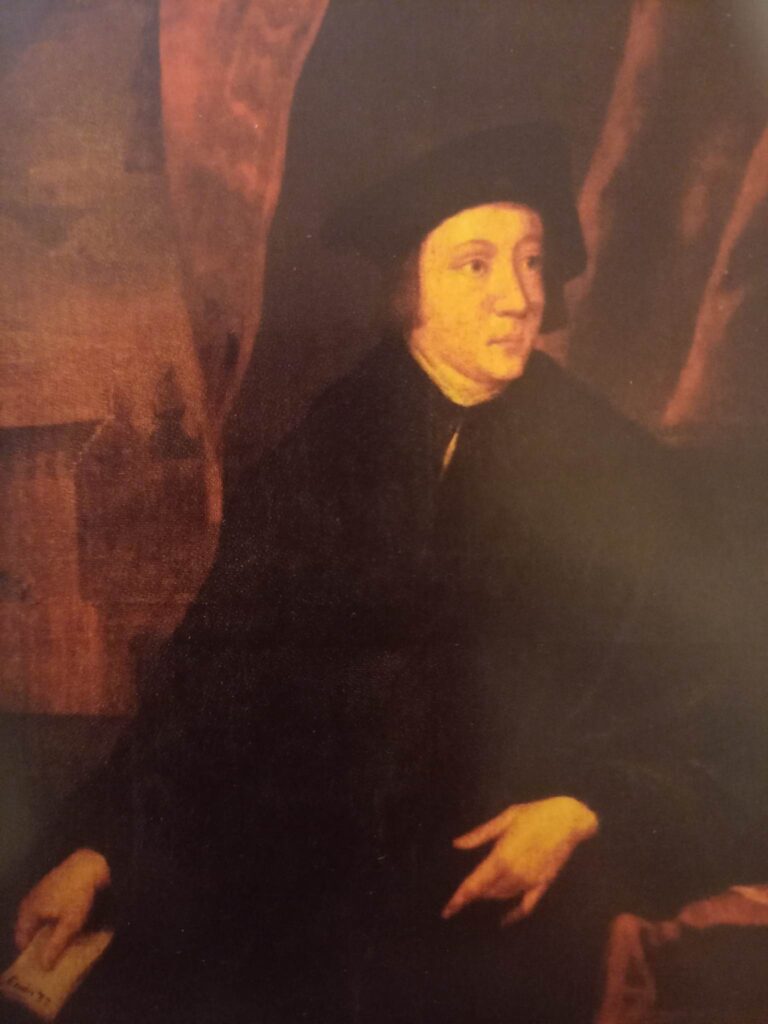
It seems likely that Cromwell was behind the renewed benevolence towards Mary. He had been working on a Spanish alliance, and later in February he gave Chapuys the distinct impression that Mary’s return to the succession was imminent, as the Spanish ambassador wrote in a missive to Charles V later that month:
‘…I [Chapuys] said, for my own part, to return to the renewal of amity, that if your Majesty, as a Catholic prince and protector of the Church, were in the first place to desire his master to submit again to the Holy See, and likewise were to demand that the Princess should be declared legitimate and restored to her estate…
Cromwell replied that as…to the Princess, he said now was the best time to remedy her affairs to the satisfaction of your Majesty, and that the door was open…
On this we remained some little time silent, except that he repeated to me what he had already said about the Princess, and told me I might have good hope about the rest, and that I should consider the wonders he had done here since he had had the government of the King’s affairs. It seemed to me he meant to intimate that it was in his power “de faire partie de ce quil avoit fait,” especially in the matter of the Princess, for whose service he offered to do all that was possible.’
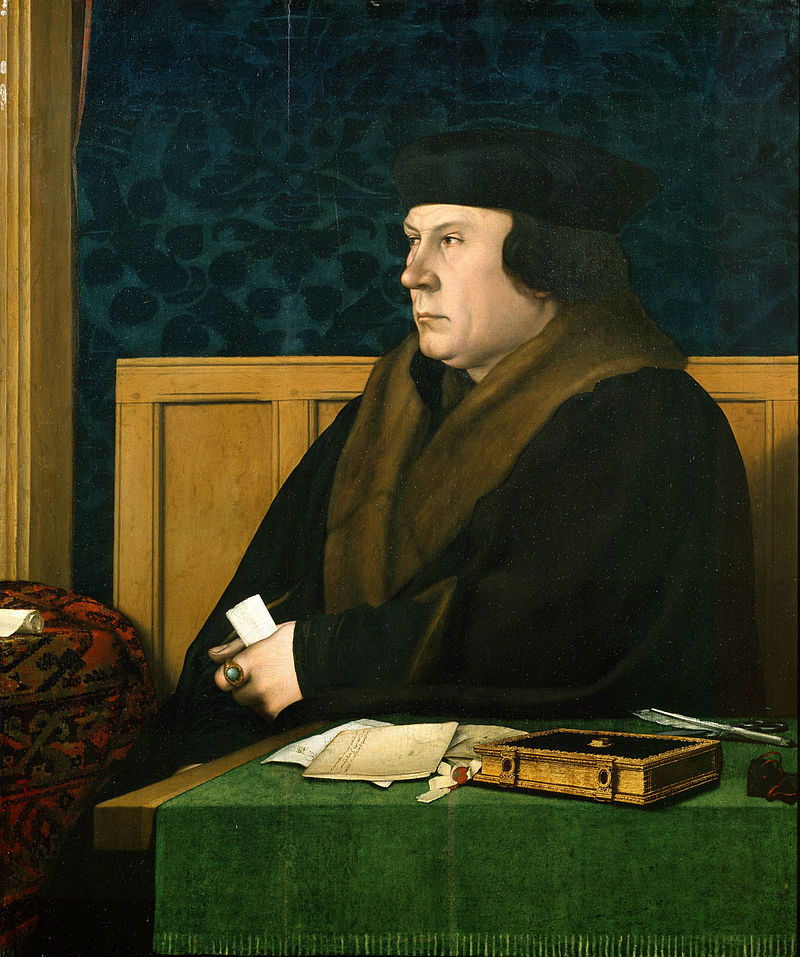
Henry himself later made it very clear that Cromwell was either overstepping or dissembling with these remarks; in late April, despite his assurance that
‘touching the Princess, he [Cromwell] said the King would certainly act like a good father and a virtuous prince, but as it was a matter that depended upon the King’s honor it was not a subject for express stipulation; the King was only waiting for an opportunity to show the affection he bore the Princess; nevertheless he would not forbear to make all suitable representations to the King his master, and what could not be done at present could be easily achieved when the amity was established.’
Only days later, a meeting between Chapuys and Henry ended with the King angrily rejecting any accommodations towards Mary:
‘Nevertheless, he did reply, confusedly and in anger, to the following effect:—(1.) The affair of the Pope did not concern your Majesty, if you did not wish to meddle with it to vindicate your authority over the whole world, and if he wished to treat with His Holiness he has means and friends without needing your intercession. (2.) Concerning the Princess she was his daughter, and he would treat her according as she obeyed him or not, and no one else had a right to interfere.’
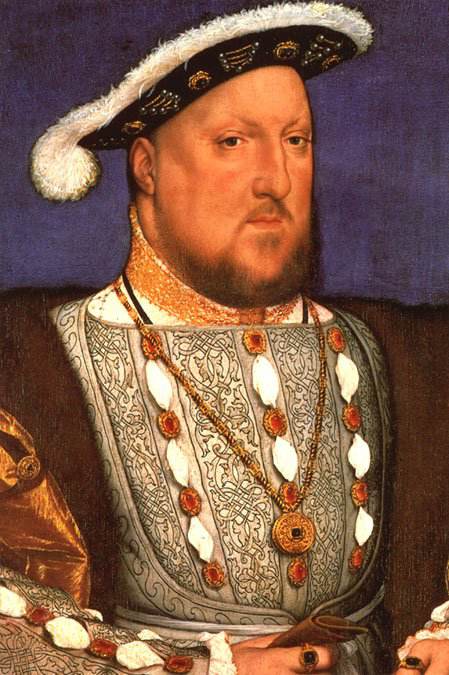
Whether Cromwell was actually trying to improve Mary’s status to help bring about a Spanish alliance, or was merely seeking to manipulate her into bending to her father’s will, we cannot say. From what we know of Cromwell, it was likely a bit of both.
It is unclear whether it was intended or not, Mary’s improving fortunes also sent a message to the recently miscarried queen. Chapuys reported Anne and her faction’s distress and alarm following her miscarriage:
‘On the day of the interment the Concubine had a miscarriage which seemed to be a male child which she had not borne 3½ months, at which the King has shown great distress. The said concubine wished to lay the blame on the duke of Norfolk, whom she hates, saying he frightened her by bringing the news of the fall the King had six days before. But it is well known that is not the cause, for it was told her in a way that she should not be alarmed or attach much importance to it. Some think it was owing to her own incapacity to bear children, others to a fear that the King would treat her like the late Queen, especially considering the treatment shown to a lady of the Court, named Mistress Semel (Jane Seymour), to whom, as many say, he has lately made great presents.
The Princess’s gouvernante, her daughters, and a niece, have been in great sorrow for the said miscarriage, and have been continually questioning a lady who is very intimate with the Princess whether the said Princess did not know the said news of the miscarriage, and that she might know that, but they would not for the world that she knew the rest, meaning that there was some fear the King might take another wife.’
Showing favour to Mary would have been seen as an implicit threat against Anne; Henry already had a daughter, one who was much better connected and much more loved than Anne’s daughter. If anything should happen to Henry, the country would rally around Mary, rather than the baby Elizabeth, and everyone knew it. Favouring Mary with alms to distribute and better accommodations could suggest that Henry was rethinking the order of succession, and perhaps even his marriage to Anne, since she clearly wasn’t giving him the heir he needed.
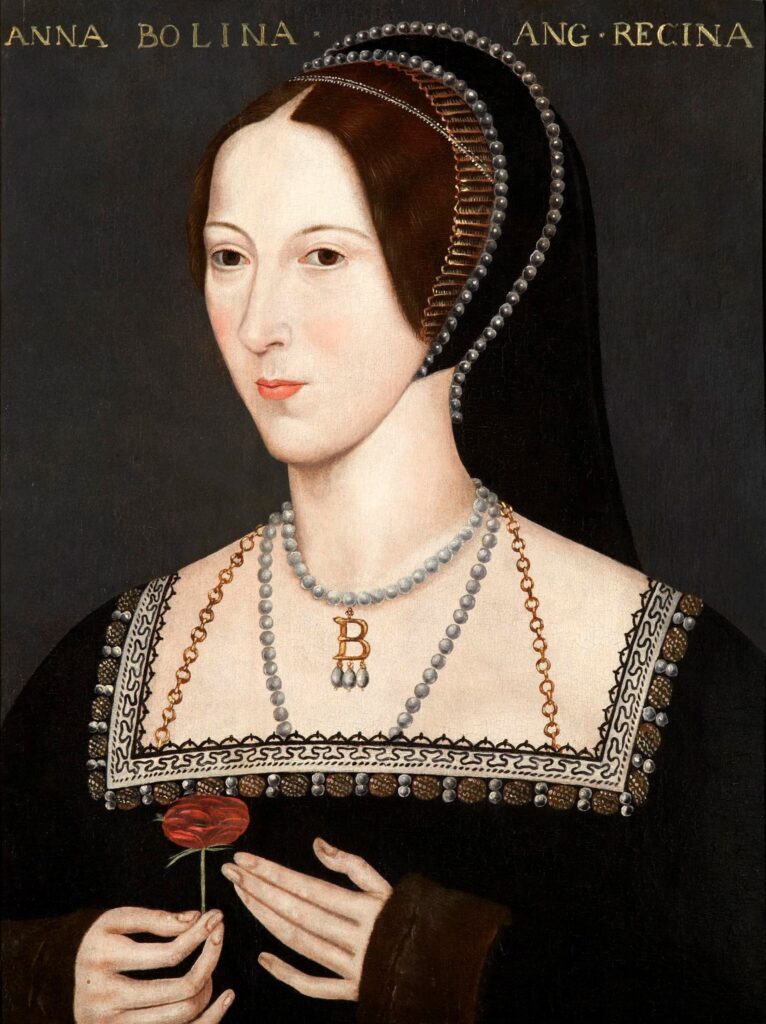
What was Mary’s reaction to her improved conditions? After years of neglect and abuse, she was clearly very suspicious, not trusting her father’s motivations. Mary relied on Chapuys and his advice, and Chapuys’ belief that she was being manipulated would have influenced her greatly. Through Chapuys, she continued to ‘entreat me to implore your Majesty to take up the matter promptly and swiftly,’ the matter being her planned flight from England.
Still, it was a sign that could not be ignored. If Mary’s treatment had been moving in the opposite direction, it is likely that the plan would not have waited for Mary to move closer to the coast. Chapuys wrote that ‘when the time comes she is prepared for death,’ closing the letter with his own avowal that ‘I am ever ready to die in your Majesty’s service’ in order to rescue his Princess. However, the upturn in Mary’s fortune, whatever the reason, meant that they had the breathing space to wait for Mary to be better situated.
Unfortunately for Mary, her father’s generosity didn’t last long; even Anne’s downfall and execution did not bring immediate relief. It wasn’t until the 22nd June, 1536, when Mary fully submitted to her father’s will, that she truly returned to favour and saw an improvement in her conditions and status.
Top image: Portrait miniature of Mary by Lucas Horenbout, c.1525.

